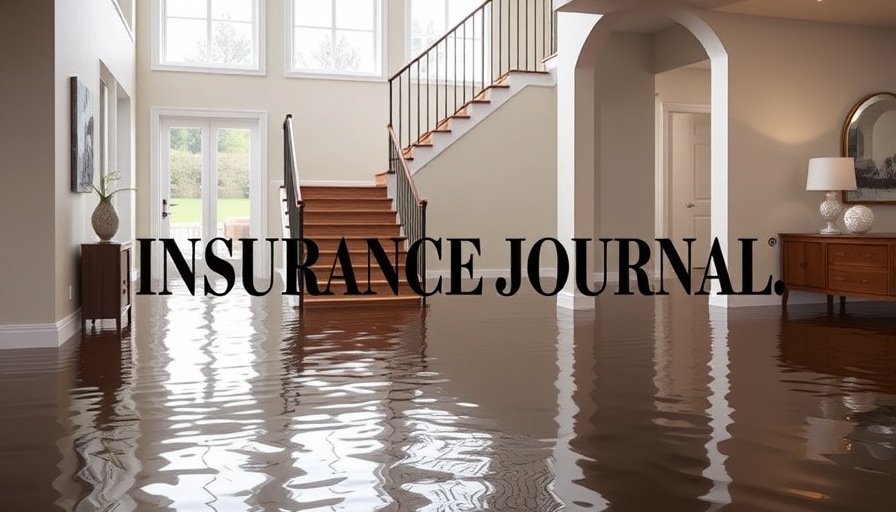
Understanding the Scale of Damage: What Central Texas Floods Entail
Recently, Central Texas experienced devastating flash floods over the Independence Day weekend, causing an estimated $1.1 billion in damage to residential buildings, according to Cotality. The floods affected more than 38,600 residential properties across several key counties, including Tom Green, Travis, Kerr, Williamson, and Burnet. While the National Flood Insurance Program (NFIP) may provide nearly $135 million in recoveries, the low penetration of flood insurance in the affected areas poses a significant challenge for homeowners seeking to repair the damage.
The Financial Burden: Homeowners vs. Insurers
One critical insight from the recent floods is how financial responsibility for damages will largely fall on homeowners. With many individuals lacking adequate flood insurance—only about 14,000 policies are currently in force across the nine counties—homeowners will have to cover the costs of repair and recovery on their own. This scenario indicates a severe insurance gap, particularly for those living on the edges of designated flood zones, where flooding can occur without warning.
The Importance of Flood Insurance: A Missed Opportunity?
As the recent floods have shown, flood insurance is not incorporated as part of standard homeowners' insurance policies, leaving many without a safety net. The NFIP only requires this insurance for mortgage holders in Special Flood Hazard Areas, but many homes affected by the flooding fall outside these zones. This raises the question: why are more homeowners not investing in flood insurance? Enhanced public awareness and education could encourage higher enrollment in flood policies, potentially saving households from financial disaster in the future.
Mapping the Future: Lessons Learned from the July Floods
The flooding was classified as a 1,000-year rainfall event, an alarming statistic that highlights the unpredictability of flood risks. The floods remind us that the distinction between 'low risk' and 'high risk' does not equate to zero risk. As climate change continues to alter weather patterns, areas previously deemed safe are increasingly vulnerable to severe weather events. This raises both a challenge and an opportunity for mapping flood risks accurately. Investment in advanced surveying and hydraulic modeling could significantly enhance flood preparedness in the long term.
Takeaway: Navigating Future Floods and Insurance Needs
As you reflect on the implications of the Central Texas floods, consider reviewing your own property insurance policies. Understanding what coverage you have is essential in mitigating future flood risks. For South Carolina residents, being informed about insurance claims related to property damage—especially involving flood and storm damages—empowers you when navigating potential claims. Knowledge about the correlation between risk zones and insurance policies can help you make better decisions to protect your financial future.
 Add Row
Add Row  Add
Add 




Write A Comment